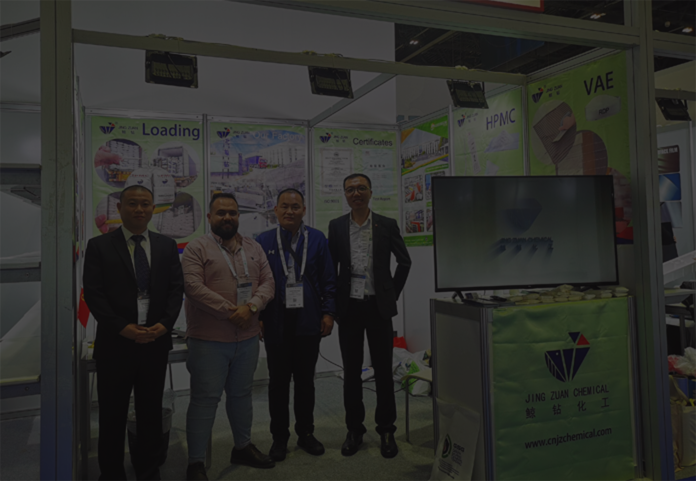
ное. . 19, 2024 01:52 Back to list
hpmc grades viscosity
Understanding the Viscosity of HPMC Grades Implications and Applications
Hydroxypropyl methylcellulose (HPMC) is a versatile and widely utilized cellulose ether with a range of applications in the pharmaceutical, food, and construction industries. One of the critical attributes of HPMC is its viscosity, which greatly influences its functionality in various formulations. Understanding the different HPMC grades and their corresponding viscosities can help manufacturers and formulators make informed choices for their specific applications.
What is HPMC?
HPMC is a semi-synthetic polymer derived from cellulose. It is produced by the alkali treatment of cellulose followed by the substitution of hydroxypropyl and methyl groups. This modification allows for enhanced solubility in water and various solvent systems, making HPMC a valuable ingredient in an array of products. Its approval by regulatory bodies such as the FDA for use in pharmaceutical applications speaks to its safety and efficacy.
Viscosity A Key Property
Viscosity, a measure of a fluid's resistance to flow, is a critical property in determining the performance of HPMC in formulations. Different grades of HPMC exhibit varying viscosities, primarily influenced by the degree of substitution and the molecular weight of the polymer. Generally, HPMC grades are categorized into low, medium, and high viscosity, with each category serving distinct purposes based on the application's requirements.
1. Low Viscosity HPMC This grade typically has a viscosity range of 100 to 4000 mPa·s. It is often used as a binder in tablets, a film-forming agent, or a thickening agent in low-viscosity solutions. Its rapid dissolution and lower viscosity make it ideal for liquid formulations where a quick response is needed.
2. Medium Viscosity HPMC With a viscosity range from 4000 to 10000 mPa·s, this grade strikes a balance between fluidity and thickness. It is commonly utilized in food products as a stabilizer and in pharmaceutical applications for controlled-release formulations. The medium range allows it to provide a satisfying mouthfeel while preventing sedimentation in suspensions.
hpmc grades viscosity

3. High Viscosity HPMC This grade exhibits viscosities exceeding 10000 mPa·s and is utilized in applications requiring significant thickening or gelling properties. High viscosity HPMC is often found in cosmetic products, creams, and gels, as its ability to form a stable structure under low shear conditions is invaluable. Additionally, it is used in construction materials, such as polymers for tile adhesives, providing excellent adhesion and water retention.
Factors Affecting Viscosity
Several factors influence the viscosity of HPMC, including the degree of hydroxypropyl and methyl substitution, the concentration of HPMC in the solution, and the temperature. The higher the concentration of HPMC, the greater the viscosity, as more polymer chains are present to interact. Additionally, temperature variations can cause changes in viscosity; generally, an increase in temperature results in decreased viscosity due to lower intermolecular forces among the polymer chains.
Applications of HPMC Based on Viscosity
The selection of HPMC grades based on viscosity directly aligns with the application's needs. In pharmaceuticals, for example, high-viscosity HPMC can control the release of drugs over an extended period, enhancing patient compliance. Conversely, low-viscosity grades are essential in the production of injectable formulations where rapid dispersion is required.
In the food industry, HPMC is commonly used as a texturizer, where the viscosity will dictate the mouthfeel and stability of the product. For instance, sauces and dressings benefit from medium viscosity HPMC to ensure a balanced consistency.
Conclusion
HPMC's versatility as a polymer makes it an essential component across various industries. Understanding the viscosity characteristics of different HPMC grades allows formulators to tailor their products to meet specific functional requirements. By carefully selecting the appropriate grade based on viscosity, manufacturers can optimize performance, stability, and consumer satisfaction in their formulations. As innovation continues in the field of polymer science, the future of HPMC remains promising, with ongoing research unlocking new opportunities and applications.
-
Versatile Hpmc Uses in Different Industries
NewsJun.19,2025
-
Redispersible Powder's Role in Enhancing Durability of Construction Products
NewsJun.19,2025
-
Hydroxyethyl Cellulose Applications Driving Green Industrial Processes
NewsJun.19,2025
-
Exploring Different Redispersible Polymer Powder
NewsJun.19,2025
-
Choosing the Right Mortar Bonding Agent
NewsJun.19,2025
-
Applications and Significance of China Hpmc in Modern Industries
NewsJun.19,2025







